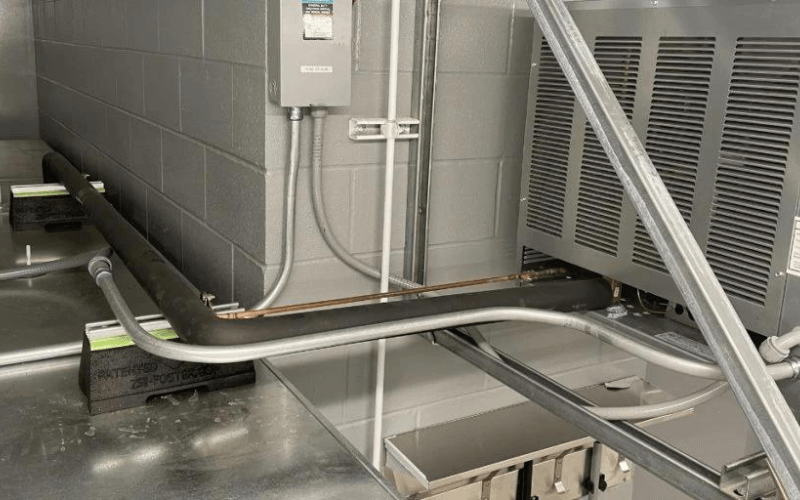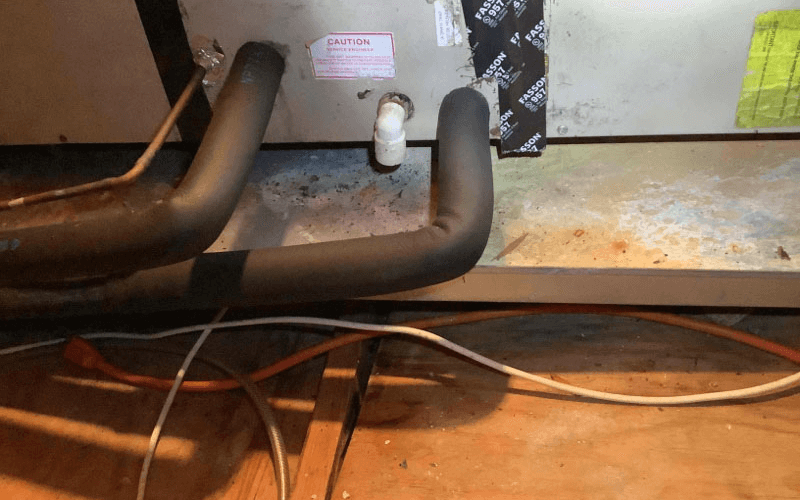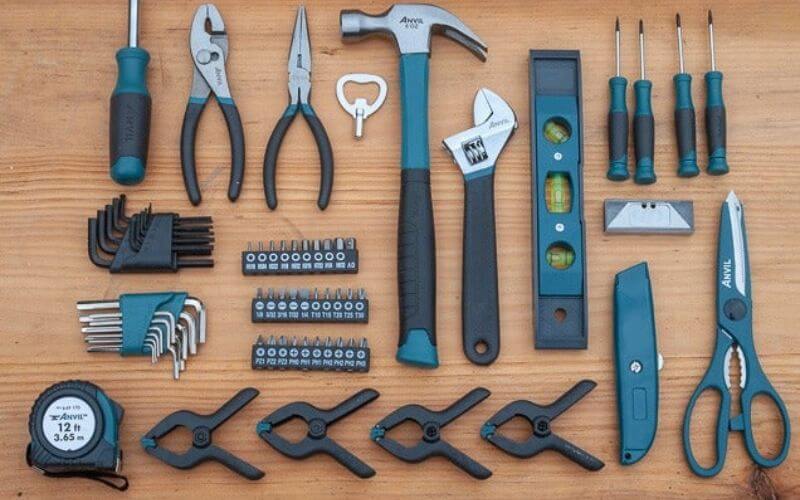A lot of people who live in the United States have to deal with mold. In fact, according to the Environmental Protection Agency, approximately 40% of homes and businesses will suffer from mold damage at some point in their lifetime. Mold is a serious problem that can lead to health complications, so it’s important to know how to get rid of it quickly and effectively.
Also check: A Handy HVAC Spring Cleaning Checklist
Steps To Take Before Turning on your HVAC System After Mold Treatment
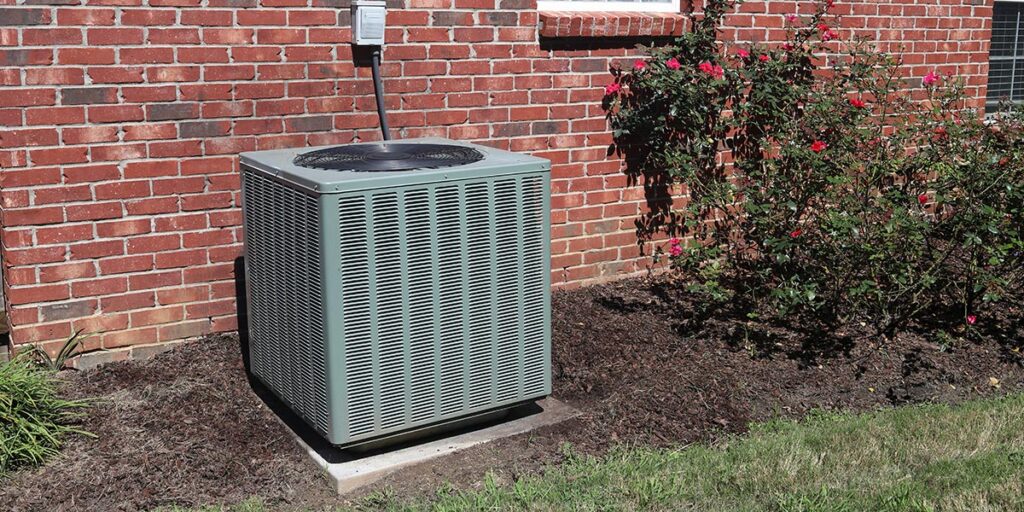
Some homeowners wonder if it is safe to turn on your HVAC system after mold treatment. So before turning it on, we recommend that you take a few steps:
- Remove all the equipment and furniture which were in the room where the mold was treated; you don’t want to keep moving these items back and forth or else they’ll get wet again and become re-infested with mold. Once everything is out of the room, make sure there’s no sign of condensation anywhere. This includes windowsills and any other place where moisture might accumulate under normal conditions. A dehumidifier would be helpful during this time period.
- After everything is dry (at least 24 hours), remove all visible mold from hard surfaces such as walls, ceilings, and floors. We’d also recommend doing this before turning on the HVAC system because your home might’ve developed some new leaks after we treated it for mold which could make everything wet again.
- One of the best practices is to install a HEPA (High-Efficiency Particulate Arresting) filter in your HVAC system, but make sure to change it often (1x/year). This will prevent any small amount of hidden mold from being distributed around your house via your air conditioner or heater. NOTE: You may already have a HEPA filter if you’re using an ozone generator during the remediation process. If not, adding one to your system won’t be enough to stop spores from entering your indoor environment.
- After everything is dry and you’ve removed all visible mold, wait another 24 hours before turning on the HVAC system. This extra day will give you time to clean up any other areas where mold may be hiding such as behind curtains or other cloth items.
HEPA Filter
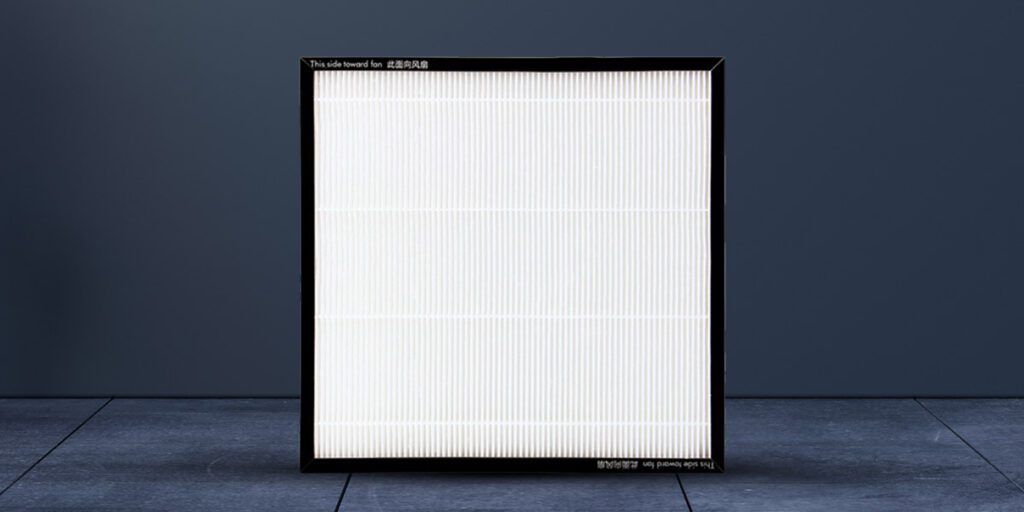
Remember that no matter how much we scrubbed and cleaned while treating for mold in your home, there will still be some amount of spores present after the remediation job is complete. A HEPA filter can go a long way toward stopping these spores from entering your indoor environment, but it won’t catch them all if they are disturbed once the air conditioner or heater comes back on. Remember that spores are microscopic creatures that can float through even the tiniest of cracks and crevices. For this reason, we always recommend using a face mask when turning on the system.
Also check: 6 Tips For Preparing Your HVAC for the Summer
K2 Mechanical can help you with all your air quality needs. From checking the air quality to installing HEPA filters, we have you covered. Contact us today for more information or to schedule a consultation. We look forward to helping you improve the air quality in your home or office!






